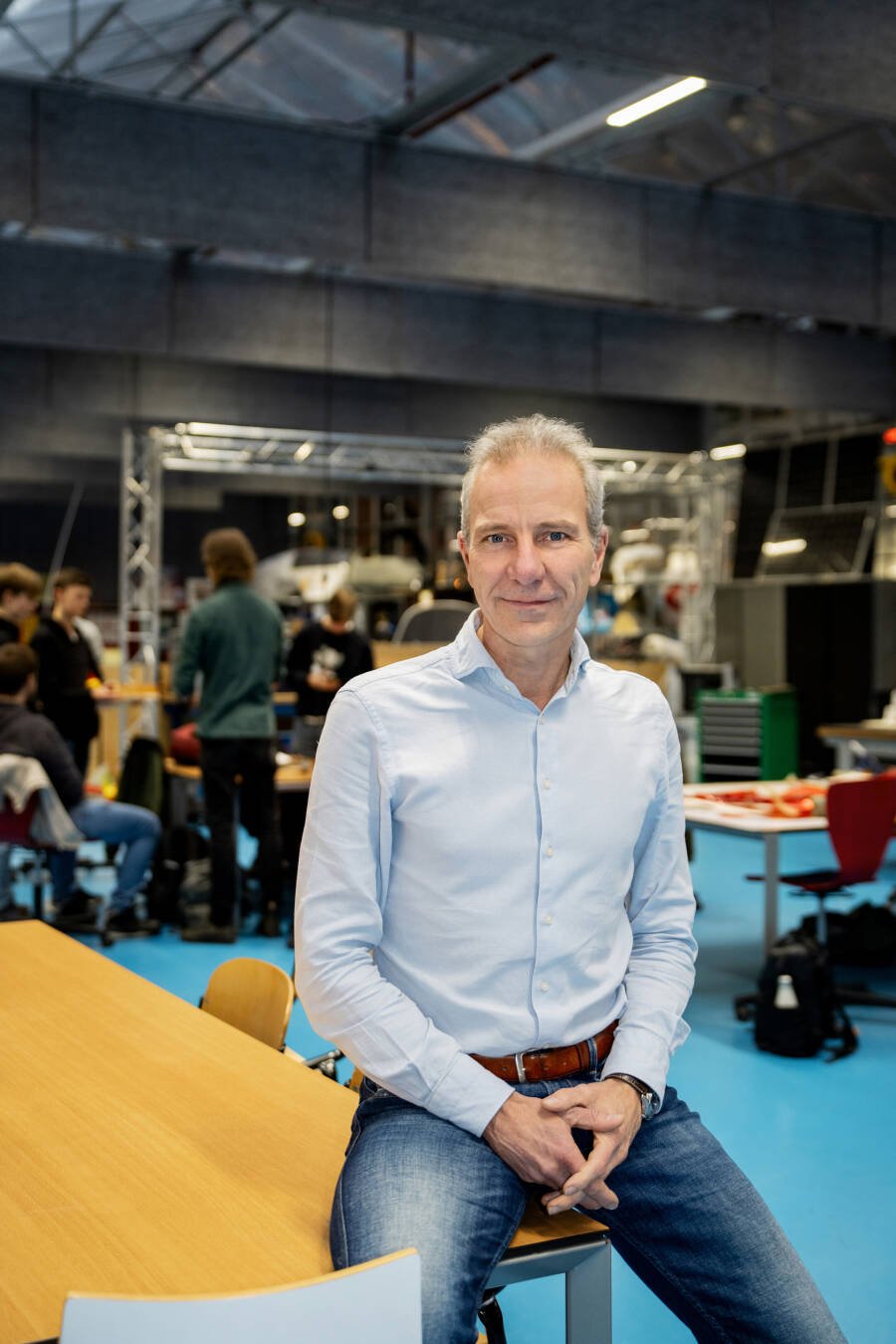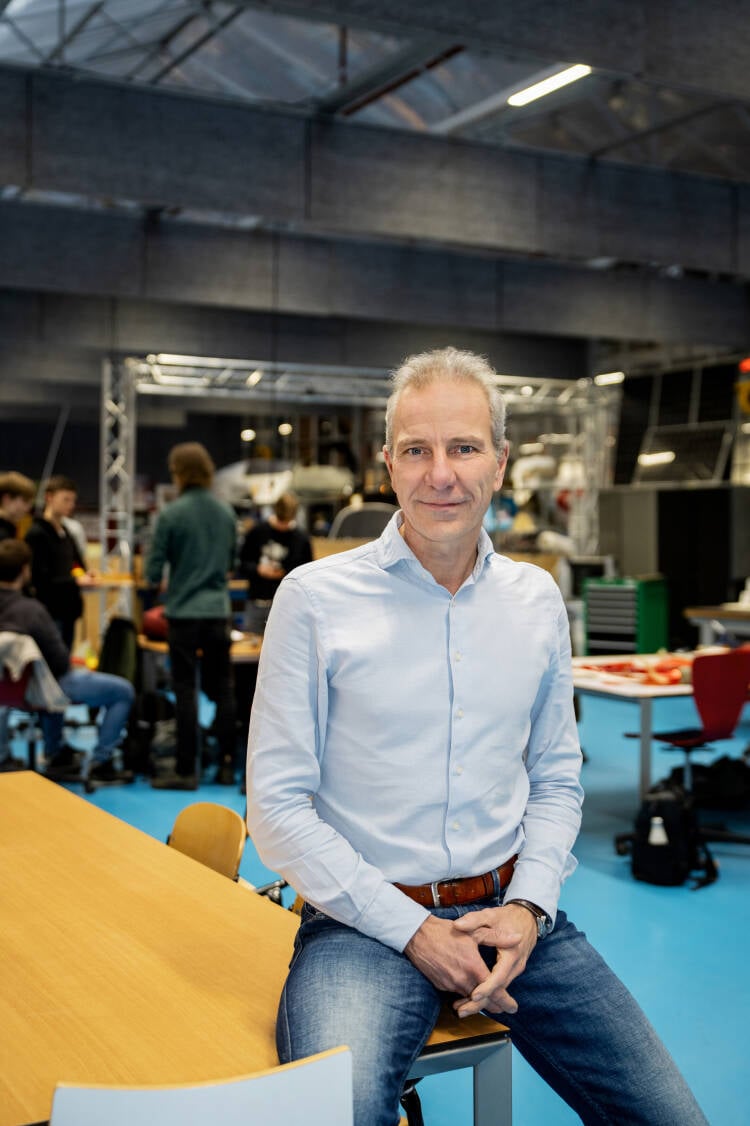
At Rotterdam Makers District, they must be mercilessly critical of which companies – including many start-ups – establish themselves in the area, Goslinga believes. Only companies that can really make a difference will be welcome in the port. ‘For example, an entrepreneur who knows how to turn orange peels into boots. That entrepreneur is doing a great circular job, and I more than welcome that, but it’s too small at port level. We’re looking for companies that can really make an impact for the port in the areas of climate change, the energy transition and raw materials transition. In short: high-end port innovation. It will give starting entrepreneurs the opportunity to work in a hyper-relevant place in Rotterdam – together with other starting entrepreneurs in the same field. The world is at their feet.’
You often see homes replacing companies in port areas, but they will be alongside each another and combined at M4H. Goslinga: ‘We are not exchanging one thing for the other. It will be an area where technology is made visible, where innovation is made visible and where young companies can grow – combined with education, sports, arts and culture. I dare to call that a unique port city area. At the same time, it’s also a huge challenge, because so much will happen here in the coming years.’
The exceptional thing about the Rotterdam Makers District – and especially M4H – is that you will soon be able to live among all this activity. Plans have been drawn up for the construction of thousands of brand-new homes for the Merwehaven, Marconi and Keilekwartier districts. In the Merwehaven alone, there will be 2,500 rental and owner-occupied homes, in all price ranges. The first pile is planned for the end of 2025. ‘What we have to offer here is not found in many other places,’ he says. ‘Here, you get a combination of living and working in Rotterdam-style, so not only office space but also commercial space.’
Artist impressions
Living in M4H: where technology becomes visible
And of course: no giant container ships with 25,000 TEU and a draught of 24 metres will enter this part of the port of Rotterdam – that is reserved for the Maasvlakte. ‘But here we can present the latest innovations we are working on, highlight the talents that are walking around here and the urgent issues we are currently facing. Here, we show the latest technological developments of this port region. RDM and M4H combine all this together at one location, on the north and south banks of the Nieuwe Maas’, says Goslinga. He pauses for a moment before continuing: ‘You get a mix of the High Tech Campus Eindhoven and NDSM Amsterdam, but in a very relevant port location in Rotterdam. It is my drive to develop that even further in the coming years. We’re doing this in close collaboration with the municipality of Rotterdam.’
‘If you walk around the centre of Rotterdam now, that port seems far away,’ says Goslinga. ‘Out of sight and therefore out of mind. The port, with all the possibilities it offers, is not often on people’s minds – in any case not enough. That's a shame. But it offers opportunities for the Rotterdam Makers District: RDM and M4H are the only port city areas where the city and port actually come together. And where, as a region, we can show what the port city of the future will look like.’
Jouke talks to us at the RDM Campus (the Rotterdamsche Droogdok Maatschappij’s historic shipyard). Students walk back and forth through the former factory hall. Past and future come together here. RDM and M4H (Merwe-Vierhavens) are part of the city of Rotterdam and, combined, they form the Rotterdam Makers District. Here, the municipality of Rotterdam and the Port of Rotterdam Authority collaborate on the development of a new innovation environment. The area makes visible how the port and city are inextricably linked. Because on all accounts that is no longer evident in 2025.
Knowledge, talent and innovation combined in one location
BUILDING THE FUTURE
When you think of a European port city, Rotterdam probably springs to mind. That has been the case for decades. Yet for the average Rotterdammer, the port fades into the distance – to the west, towards the Maasvlakte. In Building the Future, we take a closer look at two areas that actually bring the port closer to the city: RDM and M4H, which together form the Rotterdam Makers District. It is a place that will combine living and working in the port city area. Program Manager Jouke Goslinga tells us all about it.
The port will regain visibility in M4H and at RDM
Artist impressions
You often see homes replacing companies in port areas, but they will be alongside each another and combined at M4H. Goslinga: ‘We are not exchanging one thing for the other. It will be an area where technology is made visible, where innovation is made visible and where young companies can grow – combined with education, sports, arts and culture. I dare to call that a unique port city area. At the same time, it’s also a huge challenge, because so much will happen here in the coming years.’
The exceptional thing about the Rotterdam Makers District – and especially M4H – is that you will soon be able to live among all this activity. Plans have been drawn up for the construction of thousands of brand-new homes for the Merwehaven, Marconi and Keilekwartier districts. In the Merwehaven alone, there will be 2,500 rental and owner-occupied homes, in all price ranges. The first pile is planned for the end of 2025. ‘What we have to offer here is not found in many other places,’ he says. ‘Here, you get a combination of living and working in Rotterdam-style, so not only office space but also commercial space.’
Living in M4H: where technology becomes visible
‘If you walk around the centre of Rotterdam now, that port seems far away,’ says Goslinga. ‘Out of sight and therefore out of mind. The port, with all the possibilities it offers, is not often on people’s minds – in any case not enough. That's a shame. But it offers opportunities for the Rotterdam Makers District: RDM and M4H are the only port city areas where the city and port actually come together. And where, as a region, we can show what the port city of the future will look like.’
The port will regain visibility in M4H and at RDM
At Rotterdam Makers District, they must be mercilessly critical of which companies – including many start-ups – establish themselves in the area, Goslinga believes. Only companies that can really make a difference will be welcome in the port. ‘For example, an entrepreneur who knows how to turn orange peels into boots. That entrepreneur is doing a great circular job, and I more than welcome that, but it’s too small at port level. We’re looking for companies that can really make an impact for the port in the areas of climate change, the energy transition and raw materials transition. In short: high-end port innovation. It will give starting entrepreneurs the opportunity to work in a hyper-relevant place in Rotterdam – together with other starting entrepreneurs in the same field. The world is at their feet.’
And of course: no giant container ships with 25,000 TEU and a draught of 24 metres will enter this part of the port of Rotterdam – that is reserved for the Maasvlakte. ‘But here we can present the latest innovations we are working on, highlight the talents that are walking around here and the urgent issues we are currently facing. Here, we show the latest technological developments of this port region. RDM and M4H combine all this together at one location, on the north and south banks of the Nieuwe Maas’, says Goslinga. He pauses for a moment before continuing: ‘You get a mix of the High Tech Campus Eindhoven and NDSM Amsterdam, but in a very relevant port location in Rotterdam. It is my drive to develop that even further in the coming years. We’re doing this in close collaboration with the municipality of Rotterdam.’

Knowledge, talent and innovation combined in one location
Jouke talks to us at the RDM Campus (the Rotterdamsche Droogdok Maatschappij’s historic shipyard). Students walk back and forth through the former factory hall. Past and future come together here. RDM and M4H (Merwe-Vierhavens) are part of the city of Rotterdam and, combined, they form the Rotterdam Makers District. Here, the municipality of Rotterdam and the Port of Rotterdam Authority collaborate on the development of a new innovation environment. The area makes visible how the port and city are inextricably linked. Because on all accounts that is no longer evident in 2025.

When you think of a European port city, Rotterdam probably springs to mind. That has been the case for decades. Yet for the average Rotterdammer, the port fades into the distance – to the west, towards the Maasvlakte. In Building the Future, we take a closer look at two areas that actually bring the port closer to the city: RDM and M4H, which together form the Rotterdam Makers District. It is a place that will combine living and working in the port city area. Program Manager Jouke Goslinga tells us all about it.
BUILDING THE FUTURE